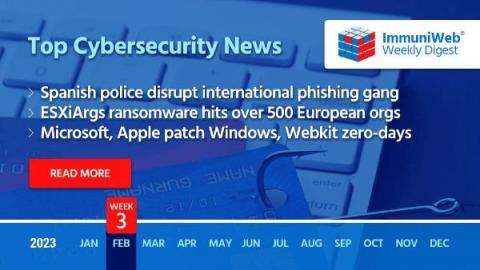Oakland declares a state of emergency over ransomware attack
The city government of Oakland has declared a state of emergency after it was hit by a ransomware attack. The attack, which began in the evening of February 8th, has forced the city to take all its IT systems offline, and has affected many non-emergency services, including the ability to collect payments, issue permits, and process reports.











